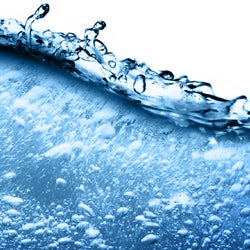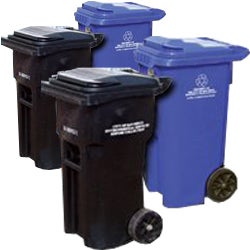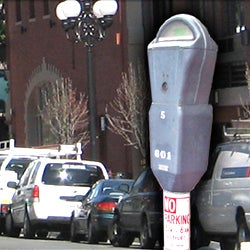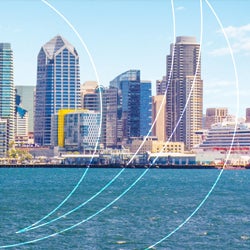Background
The municipal storm water National Pollutant Discharge Elimination System (NPDES) Permit (Permit), Order No. 2001-01 and NPDES No. CA0108758, issued to San Diego County, San Diego Unified Port District, and 18 cities including the City of San Diego by the California Regional Water Quality Control Board, San Diego Region contains a requirement for the City to develop and implement a jurisdictional Urban Runoff Management Program.
The 1972 Clean Water Act established the National Pollutant Discharge Elimination System (NPDES) permit program to regulate the discharge of pollutants from point sources to waters of the United States (US). Since then, considerable strides have been made in reducing conventional forms of pollution, such as from sewage treatment plants and industrial facilities, through the implementation of the NPDES program and other federal, state, and local programs. The adverse effects of some of the persistent toxic pollutants were addressed through manufacturing and use restrictions and through cleanup of contaminated sites. On the other hand, pollution from land runoff (including atmospheric deposition, urban, suburban, and agricultural) was largely unabated until 1987 Clean Water Act amendments, which established a framework for regulating urban storm water runoff. Diffuse sources, including urban storm water runoff, now contribute a larger portion of many kinds of pollutants than the more thoroughly regulated sewage treatment plans and industrial facilities.
Non-point source pollution, the diffuse pollution not traceable to a specific source, causes public health risk and safety concerns. Urban runoff potentially contain a host of pollutants like trash and debris, bacteria and viruses, oil and grease, sediments, nutrients, metals, and toxic chemicals. These contaminants can adversely affect receiving and coastal waters, associated biota, and public health. While the impact of urban runoff pollution may not be immediately realized, the eventual effect can be dramatic. Urban runoff pollution is not only problem during rainy seasons, but also year-round due to urban water use.
Storm water pollution affects human life and aquatic plant and animal life. Potentially harmful viruses and bacteria are now found in our coastal waters along with soil particles, solids/ debris, litter, oil, and chemical compounds. Oil and grease from parking lots and roads, leaking petroleum storage tanks, pesticides, cleaning solvents, and other toxic chemicals can contaminate storm water and these contamination can be transported into water bodies and receiving waters. Fertilizer constituents from lawns and golf courses and leaking septic tanks can cause algal blooms and encourage microbial growth to create an increasing spiral of biological activity know as eutrophication. Disturbances of the soil from construction can allow silt to wash into storm channels and receiving waters making them muddy, turbid, and inhospitable to natural aquatic organisms. Many artificial surfaces of the urban environment such as galvanized metal, paint, or preserved wood containing metals, contribute to pollution by run on or leaching by storm water as the surfaces corrode, flake dissolve, or decay. Heavy metals are toxic to aquatic organisms and may bio-accumulate.
Because of the intermittent, variable and unpredictable nature of storm water discharges, the US Environmental Protection Agency (EPA), which administers the Clean Water Act, reasoned that the problems caused by storm water discharges were better managed at the local level through non-point source controls such as the use of specific management practices to prevent the pollutants from entering storm water and urban runoff. These practices are called Best Management Practices (BMPs). The US EPA has delegated its authority to the State of California. The State exercises its delegated authority through its agency, the State Water Resources Control Board, which uses a system of regional entities (the Regional Water Quality Control Boards) to enforce the Clean Water Act.
Municipalities in San Diego County collect and discharge storm water and urban runoff containing pollutants through their storm water conveyance systems. The San Diego Regional Water Quality Control Board (Regional Board) issued the required NPDES permit (commonly referred to as the Municipal Storm Water Permit for San Diego Co-permittees) to local jurisdictions including the City of San Diego, which requires the implementation of programs to reduce pollutants in storm water and urban runoff. This permit, originally issued in 1990, was significantly revised when it was renewed on February 21, 2001 as Order No. 2001-01, NPDES No. CA0108758, "Waste Discharge Requirements for Discharges of Urban Runoff From the Municipal Separate Storm Sewer Systems (MS4) Draining the Watersheds of the County of San Diego, the Incorporated Cities of San Diego County, and the San Diego Unified Port District".























